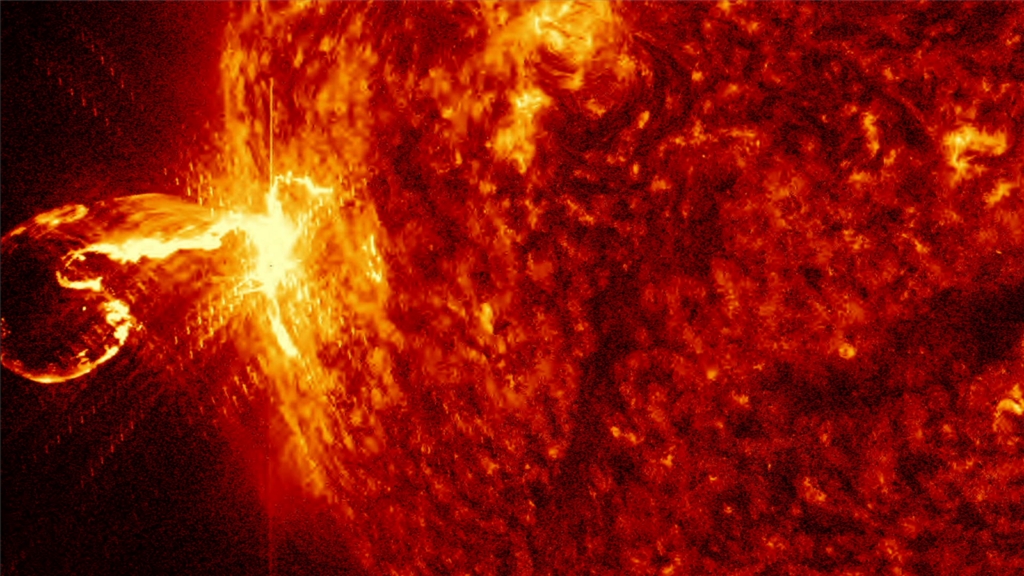
The Sun, our celestial neighbor and the ultimate source of warmth and life, holds within it a mesmerizing secret: the staggering loss of mass that occurs every second. While its brilliant glow and life-sustaining warmth are constants in our lives, few are aware of the remarkable processes that drive this phenomenon. Today, we delve into the fascinating mechanisms behind the Sun’s mass loss, shedding light on a side of our Sun that remains largely hidden from the naked eye.
A Colossal Powerhouse: The Sun’s Remarkable Process At the heart of our solar system lies the Sun, a colossal powerhouse that undergoes a remarkable process of shedding mass every second. This process is primarily driven by two mechanisms: solar wind and nuclear fusion. Solar wind, the first mechanism, involves the emission of ionized particles from the Sun’s surface, contributing to a stream of particles that extends throughout the solar system. This phenomenon alone causes the Sun to lose approximately 1.5 million tons of material every second.
Nuclear Fusion: The Sun’s Energy Source The second mechanism behind the Sun’s mass loss is nuclear fusion. At its core, the Sun fuses hydrogen atoms into helium, a process that not only powers the Sun’s luminosity but also converts some of the hydrogen’s mass into energy. This conversion, as dictated by Einstein’s famous equation E=mc², accounts for about 4 million tons of mass loss per second due to fusion.
Combined Effects: The Sun’s Astonishing Mass Loss When combined, the effects of solar wind and nuclear fusion result in the Sun losing approximately 5.5 million tons of mass every second. While this may seem like a significant amount, it is minute in comparison to the Sun’s total mass. Over the span of the Sun’s life, this loss amounts to only a 0.034% reduction of its current mass.
Implications and Future Prospects Despite its seemingly large numbers, the Sun’s mass loss has negligible immediate effects on its overall mass and stability. However, it does have subtle yet measurable effects on the solar system, particularly on Earth’s orbit. As the Sun’s gravitational pull weakens over time, Earth slowly drifts away from the Sun, moving about 1.6 cm farther each year.
The Future of Energy: Harnessing the Sun’s Power The energy produced through nuclear fusion in the Sun holds immense potential for the future of energy on Earth. While we currently only capture a fraction of the Sun’s energy that reaches Earth, efforts to mimic the conditions found in the Sun’s core offer the possibility of creating an almost limitless supply of sustainable energy.
Conclusion: A Glimpse into Stellar Dynamics In conclusion, the Sun’s mass loss mechanisms offer a unique insight into stellar dynamics and the delicate balance that allows life to thrive on Earth. As we continue to explore the universe and seek answers beyond our planetary boundaries, the Sun’s processes serve as a reminder of the power of nuclear fusion and the fundamental principles of physics that govern our universe.
Join the Conversation: What are your thoughts on the Sun’s mass loss mechanisms? Do you believe nuclear fusion holds the key to our future energy needs? Share your reflections and insights in the comments below as we continue to unravel the mysteries of our celestial neighbor.



GIPHY App Key not set. Please check settings